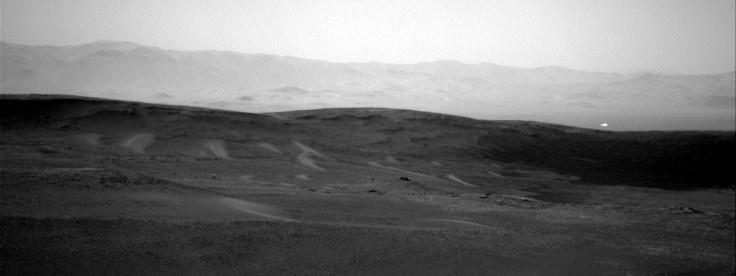NASA Mars 2020 Rover Battery Goes Nuclear

NASA’s Mars 2020 rover is going to be really powerful since the machine is being prepared for the next big phase of Martian exploration. The U.S. space agency recently announced that the space vehicle is going to be fueled with a multi-mission radioisotope thermoelectric generator, a nuclear battery that’s designed to keep engines warm throughout its mission.
The rover, which has the main purpose of looking for habitable areas around the Red Planet, will be able to produce about 110 watts of electrical power via a chemical process that relies on the natural decay of plutonium-238 into uranium-234.
The energy that this process will produce will then be converted to electricity using thermocouples. NASA’s recent announcement signifies that the mission is right on schedule leading to the launch on July 2020. Per a report from Space.com, loading the energy source is a crucial part of the preparation since it is carefully timed with the launch date.
Apart from the battery, the U.S. space agency is now on the last few stages of completing the rover’s interior that is now awaiting a caching assembly that will act as a mini-laboratory where scientists can study Mars samples back to Earth. The next phase would be completing the exterior of the rover, which includes the robot arm and high-gain antenna that will play a crucial role in finding signs of life or areas where life could possibly survive on the alien planet.
"We are advancing on all fronts — including completion of the cruise stage that will guide us to Mars and the sky-crane-descent landing system that will gently lower us to the surface. And the rover is not only looking more and more like a rover each day, but it's also acting like one," John McNamee, project manager at NASA's Jet Propulsion Laboratory, said.
NASA’s Mars 2020 rover will be launched next year and travel to the Jezero Crater of the Red Planet. It is expected to arrive after a few months, targeting Feb. 18, 2021 as the day of landing. What’s unique about the rover is that it can easily maneuver the area’s point of touchdown, making it ideal in helping in the next phase of the Mars project — manned space missions.
© Copyright IBTimes 2025. All rights reserved.





















